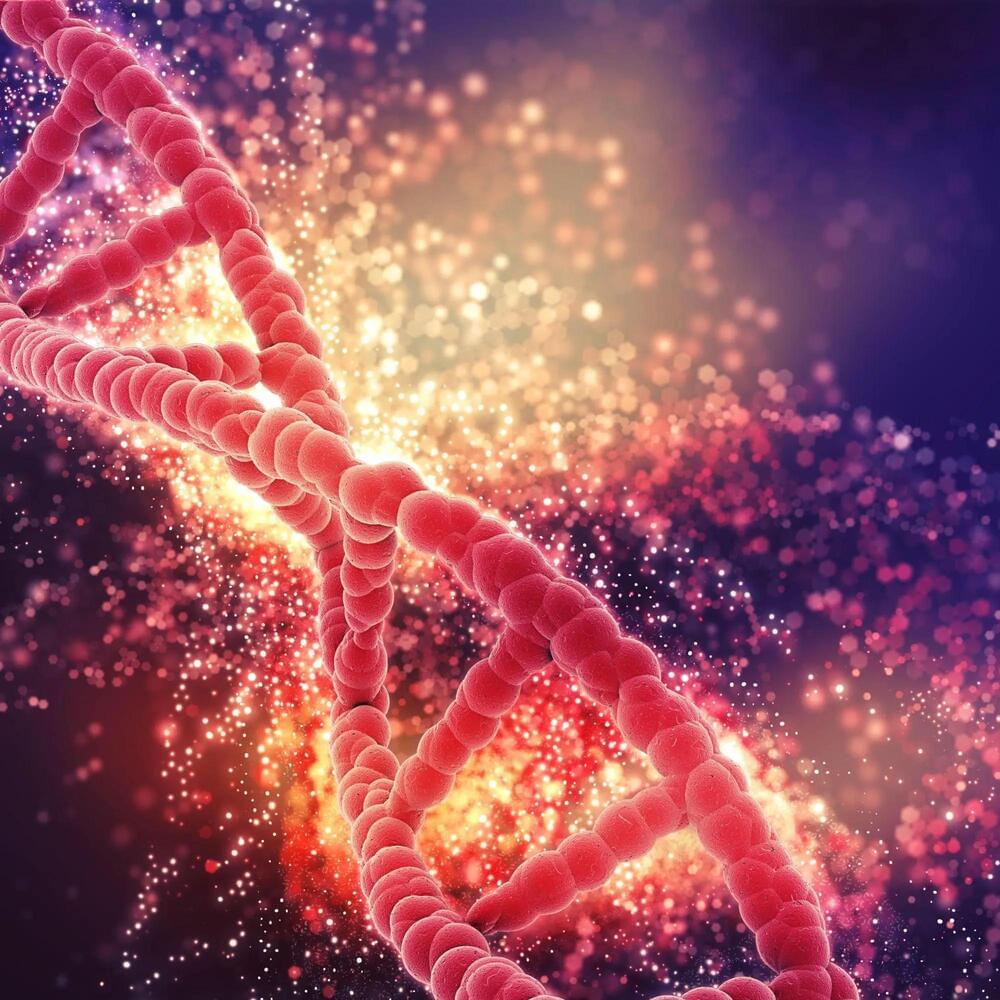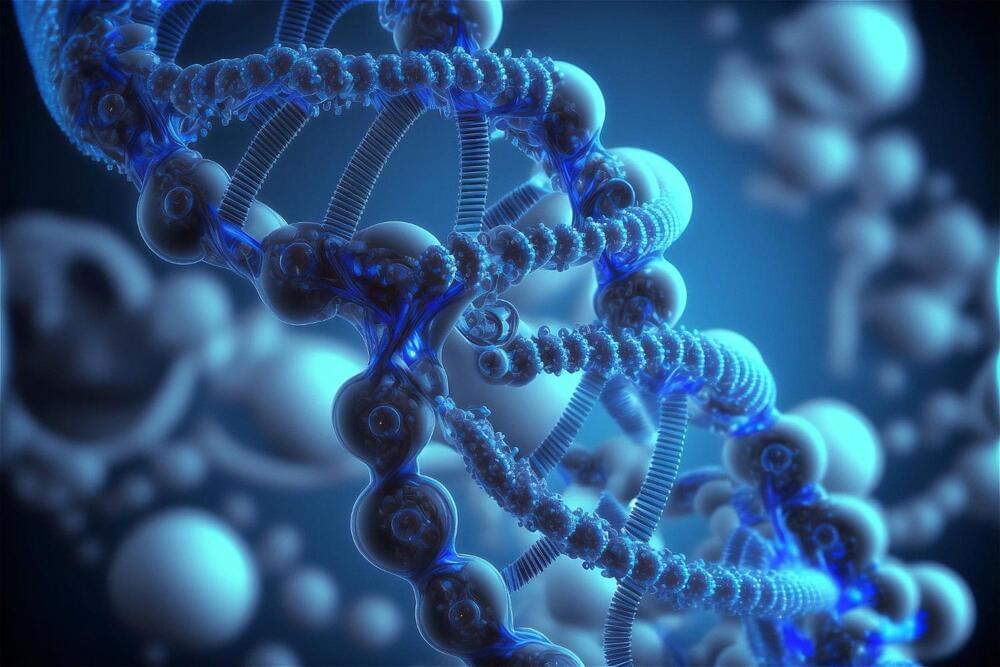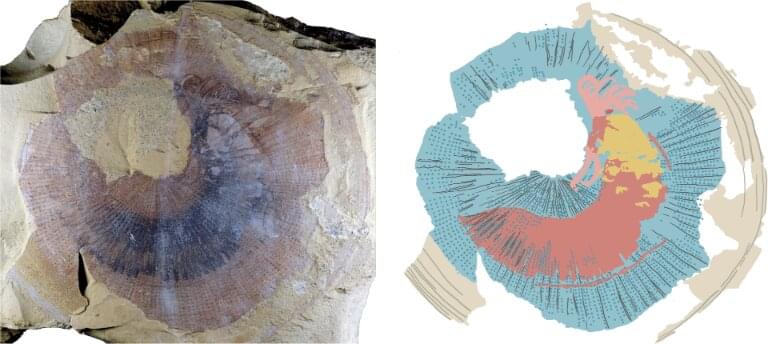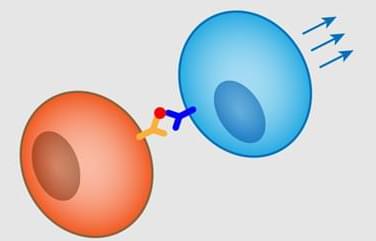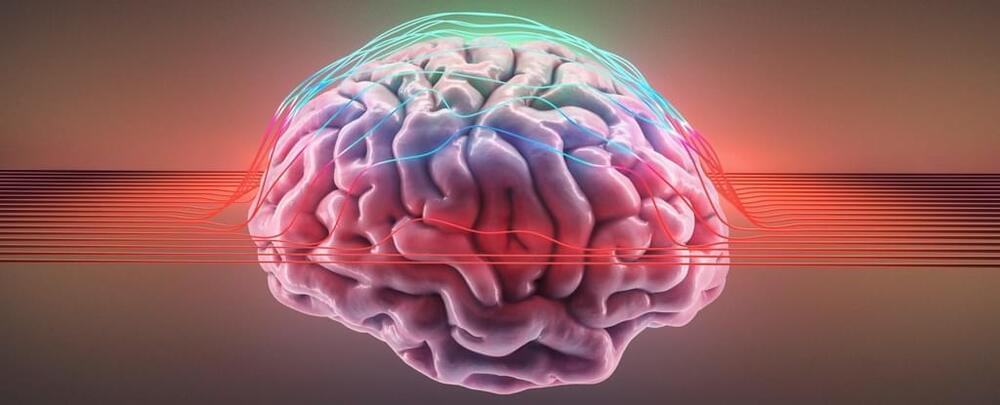Dr. Steven Gazal, an assistant professor of population and public health sciences at the Keck School of Medicine of USC, is on a mission to answer a perplexing question: Why, despite millions of years of evolution, do humans still suffer from diseases?
As part of an international research team, Gazal has made a groundbreaking discovery. They’ve become the first to accurately pinpoint specific base pairs in the human genome that have remained unaltered throughout millions of years of mammalian evolution. These base pairs play a significant role in human disease. Their findings were published in a special Zoonomia edition of the journal Science.
Gazal and his team analyzed the genomes of 240 mammals, including humans, zooming in with unprecedented resolution to compare DNA.
